Vermes
Advanced Member level 4


The whole idea was taken from **broken link removed**
The most important things in soldering stations is that they should have controlled temperature and be powered by 24V not 230V. The station from this project has the following advantages:
- it can be controlled by a microcontroller
- zero-phase detection
- low cost
When the station is started first time, it's important to remember to press buttons UP and DOWN at the same time to set 250 Celsius degrees. After that, work with the soldering station is available. To set the temperature, there are three buttons: UP, DOWN and SLEEP (for the holdup mode, after pressing that button, the temperature set changes into 130 Celsius degrees; after another pressing, the temperature returns into the first settings). The soldering station work can be stopped every minute. After switching it on again, it returns to the previous settings. The current temperature is being displayed all the time and the temperature set while working. In the holdup mode, only the current temperature is being displayed and the SLEEP word.
The plate was made in thermo-transfer method. The display enables viewing 2x16 marks. There is also a cooling fan 12V connected to 5V so it can work silenter and slower. There are no elements that heat up too much. Everything fits a PC housing. The panel was projected in Corel, printed and covered with Plexiglass layer.
The station is based on Atmega8. The temperature adjustment step is 10 Celsius degrees. It has a button to temporary stop the heater of the solderer. The socket, LCD and buttons are mounted on the front panel.

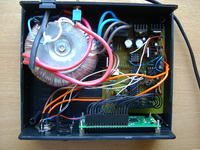
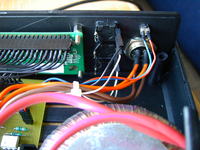

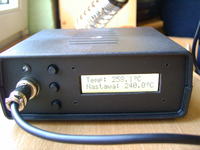
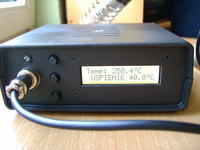
And a new edition of the station:
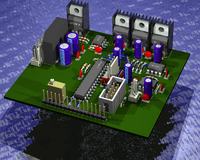
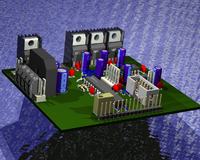
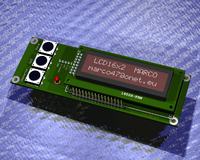
Link to original thread with some attachments - Stacja lutownicza na Atmega8
